Discover 11 hidden attractions, cool sights, and unusual things to do in Bradford on Avon (United Kingdom). Don't miss out on these must-see attractions: Iford Manor, St Laurence's Church, and The Courts Garden. Also, be sure to include Great Chalfield Manor in your itinerary.
Below, you can find the list of the most amazing places you should visit in Bradford on Avon (England).
Table of Contents
Iford Manor
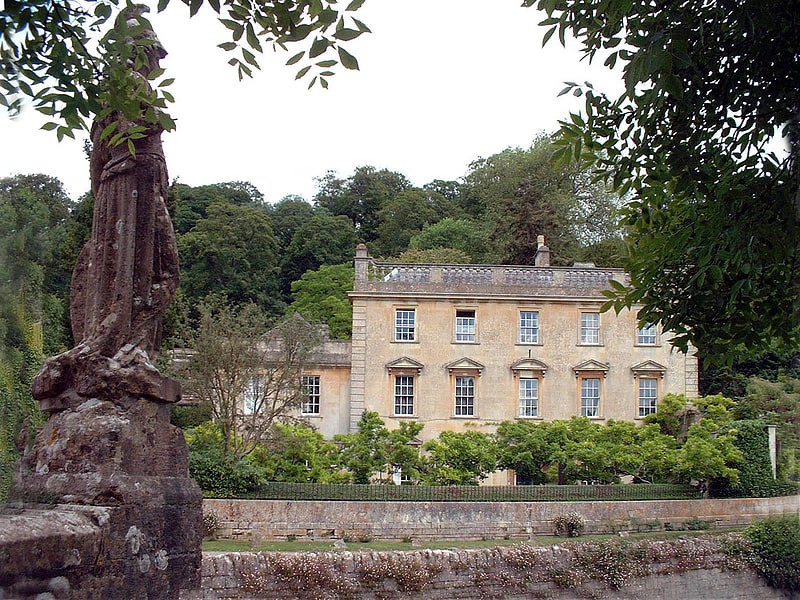
Park in England. Iford Manor is a manor house in Wiltshire, England. It is a Grade II* listed building sitting on the steep, south-facing slope of the Frome valley, in Westwood parish, about 2 miles southwest of the town of Bradford-on-Avon. Its Grade I registered gardens are open to the public from April to September each year.
Iford was rated as among the "20 most beautiful villages in the UK and Ireland" by Condé Nast Traveler in 2020, with the manor taking "center stage".[1]
Address: Iford Manor, BA15 2BA Bradford-on-Avon
St Laurence's Church

Church in Bradford on Avon, England. St Laurence's Church, Bradford-on-Avon, Wiltshire, is one of very few surviving Anglo-Saxon churches in England that does not show later medieval alteration or rebuilding.
The church is dedicated to St Laurence and documentary sources suggest it may have been founded by Saint Aldhelm around 700, although the architectural style suggests a 10th- or 11th-century date. St. Laurence's stands on rising ground close to the larger Norman parish church of the Holy Trinity.
The building was used as a combined school (nave) and cottage (chancel) for many years, both on more than one storey. It was rediscovered in 1856 by William Jones, rector of Holy Trinity, and restored in 1870–80. In 1952 the church was designated as Grade I listed.
The date of the building has been much debated. H. M. Taylor stated some 50 years ago that he believed the main fabric of the walls to their full height belongs to Aldhelm's time, after discussions with Dr Edward Gilbert. Most recent sources give a later date for all or most of the structure. It has been suggested it was built after 1001, when King Æthelred the Unready gave the site to the nuns of Shaftesbury Abbey, refugees from the Vikings. They were the custodians of the body of King Edward the Martyr, Æthelred's half-brother and already regarded as a saint, and it may have served as a mortuary chapel for him for a period, which might help explain why such a small but elaborate building was created.
It is the most complete Anglo-Saxon survival from this period, and follows what seems to have been a typical monastic plan at the time, though in miniature. In particular the decoration including fragments of large reliefs gives a hint of richness which documentary remains record in monastic churches. Although the existing church seems all or almost all Anglo-Saxon, it has clearly been altered in a number of ways, apart from the modern restoration, which included removing the stairs inside and filling in windows. For its small size, with the nave only some 7.5 metres long and a little over 4 m wide, the height of the building (c. 8m inside the nave) is notable. A porticus to the south has been lost, but otherwise the structure of the building seems complete in its final Anglo-Saxon state.
The pair of angels flying horizontally, in relief at about half life-size, probably flanked a large sculptural group of the Crucifixion, perhaps over the chancel arch.
The arcading on the exterior walls is produced, not by incision (as thought by Jackson and Fletcher), but by setting the massive stone pilaster-strips forward from the wall-face. In this they are similar to Great Dunham and the tower of Tasburgh parish church in Norfolk, and also to the parish churches at Earls Barton and Barton-upon-Humber.[2]
Address: 10 Church St, Bradford on Avon
The Courts Garden

The Courts Garden is an English country garden in Holt, near Bradford on Avon, Wiltshire, England. The garden has been in the ownership of the National Trust since 1943 and is Grade II listed.[3]
Address: The Walk, Bradford on Avon
Great Chalfield Manor
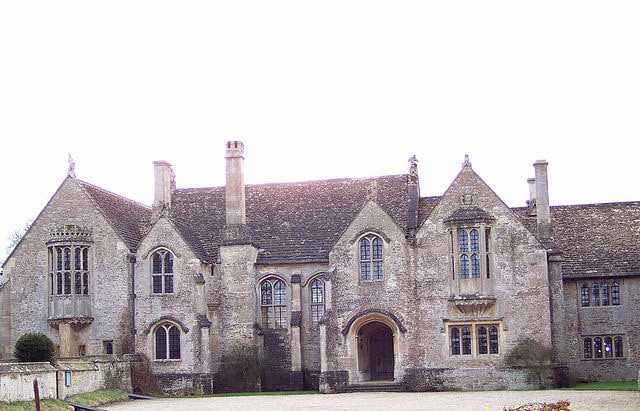
Great Chalfield Manor is an English country house at Great Chalfield, about 2.5 miles northeast of the town of Bradford on Avon in the west of the county of Wiltshire.[4]
Address: Off B3107, SN12 8NJ Bradford on Avon
Westwood Manor
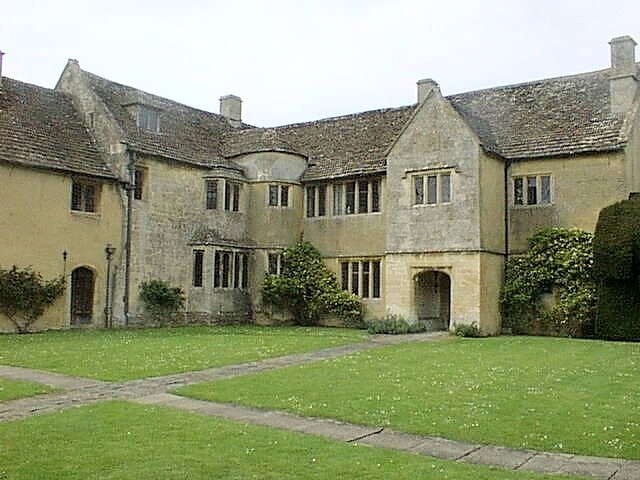
Manor house in Lower Westwood, England. Westwood Manor is a 15th-century manor house with 16th-century additions and 17th-century plaster-work in the village of Westwood, near Bradford-on-Avon, Wiltshire, England. Pevsner describes Westwood Manor as "a perfect Wiltshire manor house". It has been in the ownership of the National Trust since 1956 and was designated as Grade I listed in 1962.
Early lessees include Thomas Horton (d. 1530), owner of a cloth mill at Iford, who is thought to have been responsible for improvements to the nearby village church.
The house was devised to the National Trust by Edgar Lister, a diplomat at the Ottoman court. The house contains fine furniture, musical instruments and tapestries collected by Lister from 1911 until his death in 1956. He restored the house throughout and adorned the garden with topiary; he was also an expert in needlepoint and upholstered much of its furniture in Florentine work.
The property is occupied by a tenant who administers it on behalf of the National Trust, and is open to the public a few days of the week in the summer.[5]
Address: Westwood, BA15 2AF, Bradford on Avon
St Thomas More Roman Catholic Church
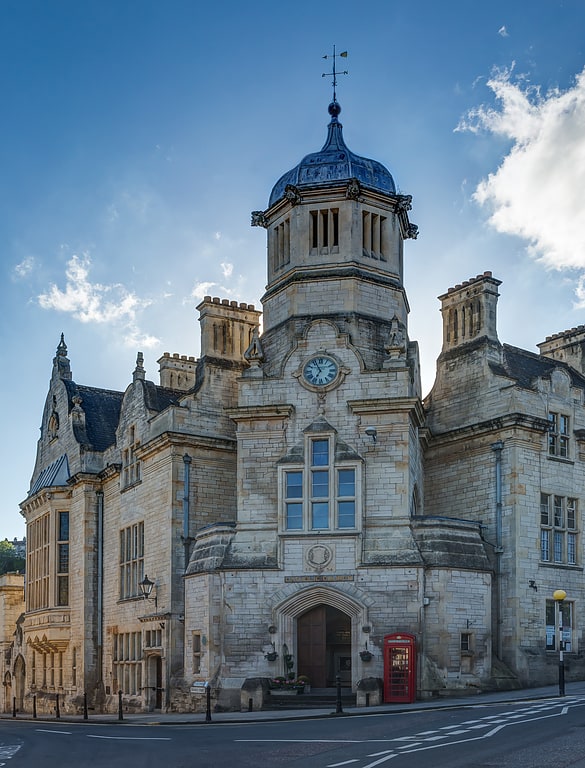
Catholic church in Bradford on Avon, England. The St Thomas More Roman Catholic Church, formerly Bradford-on-Avon Town Hall, is a place of worship in Market Street, Bradford-on-Avon, Wiltshire, England. The structure, which originally served as the local town hall, is a Grade II listed building.[6]
Address: 3 Market St, BA15 1LH Bradford-on-Avon
Bradford Lock
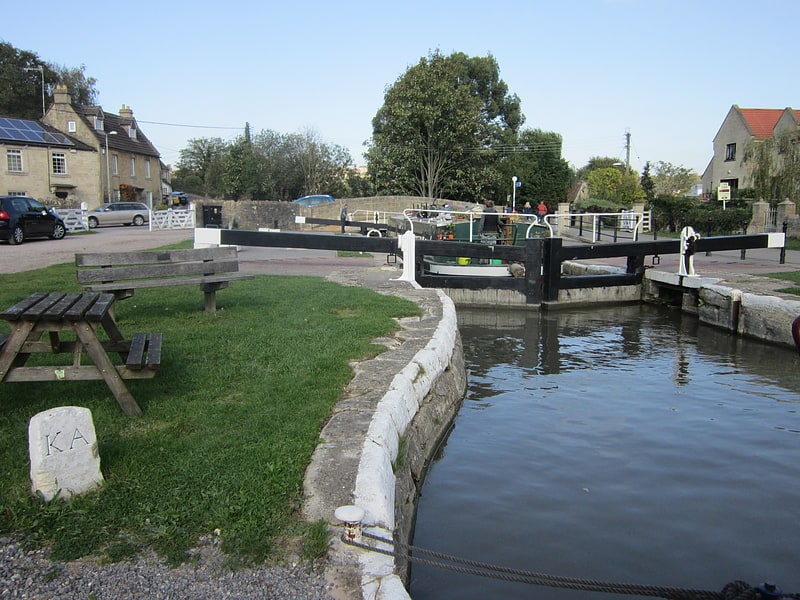
Bradford Lock is situated at Bradford on Avon on the Kennet and Avon Canal, England.
It was in Bradford on Avon that the first sod was cut for the Kennet and Avon Canal in 1794. The lock has a rise/fall of 12 ft 6 inches (3.81 m).
There are moorings above and below Bradford Lock. Next to the canal, a little way west of the lock, is a huge 14th-century tithe barn. Beside the lock is Bradford Wharf where there are several historical buildings associated with the canal. The Wharfinger's House was the home of the Canal Company employee who managed the wharf. Across the canal was a gauging dock where canal boats were measured and weighed to determine toll rates.
The pound below the lock is about ten miles (16 km) long and is the second longest on the canal, finishing when arriving at Bath Locks.[7]
Tithe Barn

Historical landmark in Bradford on Avon, England. Bradford-on-Avon Tithe Barn is a Grade I listed barn in Pound Lane, Bradford on Avon, Wiltshire, England. It was part of a medieval grange belonging to Shaftesbury Abbey and was built in the early 14th century, with a granary dated to about 1400. It is owned and protected by English Heritage and managed by the Bradford on Avon Preservation Trust.[8]
Address: Bradford on Avon, Barton Farm, Pound Lane
Christ Church
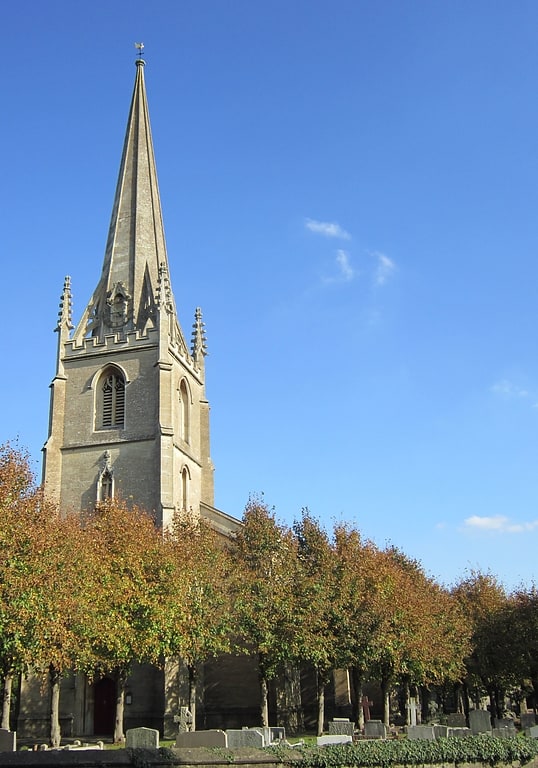
Commissioners' church in Bradford on Avon, England. The Anglican Christ Church is in the northern Hillside Terraces district of Bradford-on-Avon, Wiltshire, England. It is in the Bradford Deanery of the Diocese of Salisbury.
Early in the 19th century, people in this area of town objected to going down the hill to the northern town centre to their parish church, the originally Norman church of Holy Trinity, which was considered to be "in a bad part of the town." The church was in need of repair and the nearby Saxon Church of St Lawrence across the road from Holy Trinity was yet to be discovered.
The new parish of Christ Church was created and a new structure was commissioned to be designed by Bath architect G. P. Manners in 1839. Consecrated in 1841, it was "originally...a simple design with plain walls, clear glass windows and stone flagged floors and was in the Perpendicular style." Later Victorian taste in churches was for something more elaborate, so in 1875 it was "restored" by Sir George Gilbert Scott; the east end was rebuilt, with an extra bay beyond the east wall to form a sanctuary. After Scott's death in 1878, interior work was overseen by his son John Oldrid Scott. Further work in 1884 included the addition of a south porch, and in 1919 C.E. Ponting added the south chapel as a war memorial to C. Eric Moulton.
The church has a memorial to Eric Moulton in the Lady Chapel, and a ring of eight bells cast in 1923 by Gillett & Johnston of Croydon.
The church was designated as Grade II* listed in 1952. Pevsner describes it as a "big, prosperous church". Today the parish forms part of the North Bradford-on-Avon benefice.[9]
Address: 1A Mount Pleasant, BA15 1SJ Bradford-on-Avon
Monkton Farleigh Manor
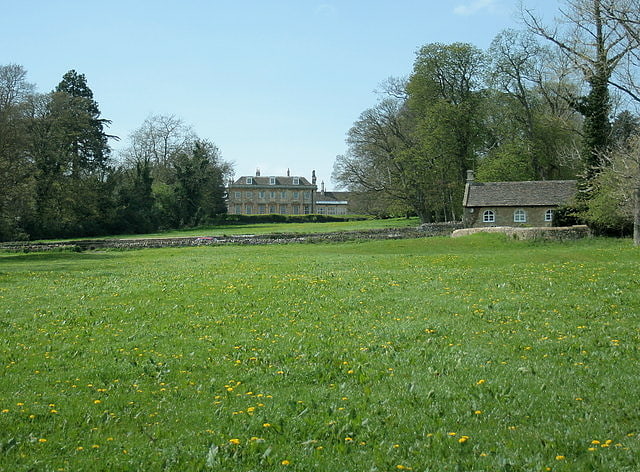
Monkton Farleigh Manor is a Grade I listed country house close to the village of Monkton Farleigh in Wiltshire, England. Built on the site of a Cluniac priory founded in 1125, the house is about 3 miles northwest of Bradford-on-Avon and 4 miles east of the city of Bath.[10]
Ton Boon Trust
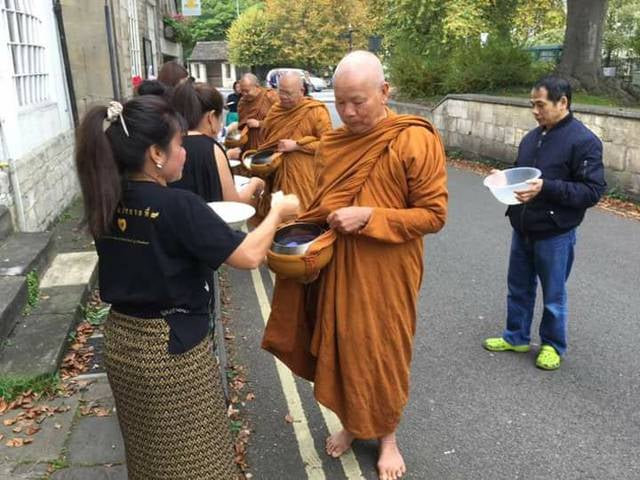
Temple
Address: 24 Bridge Street, Bradford on Avon